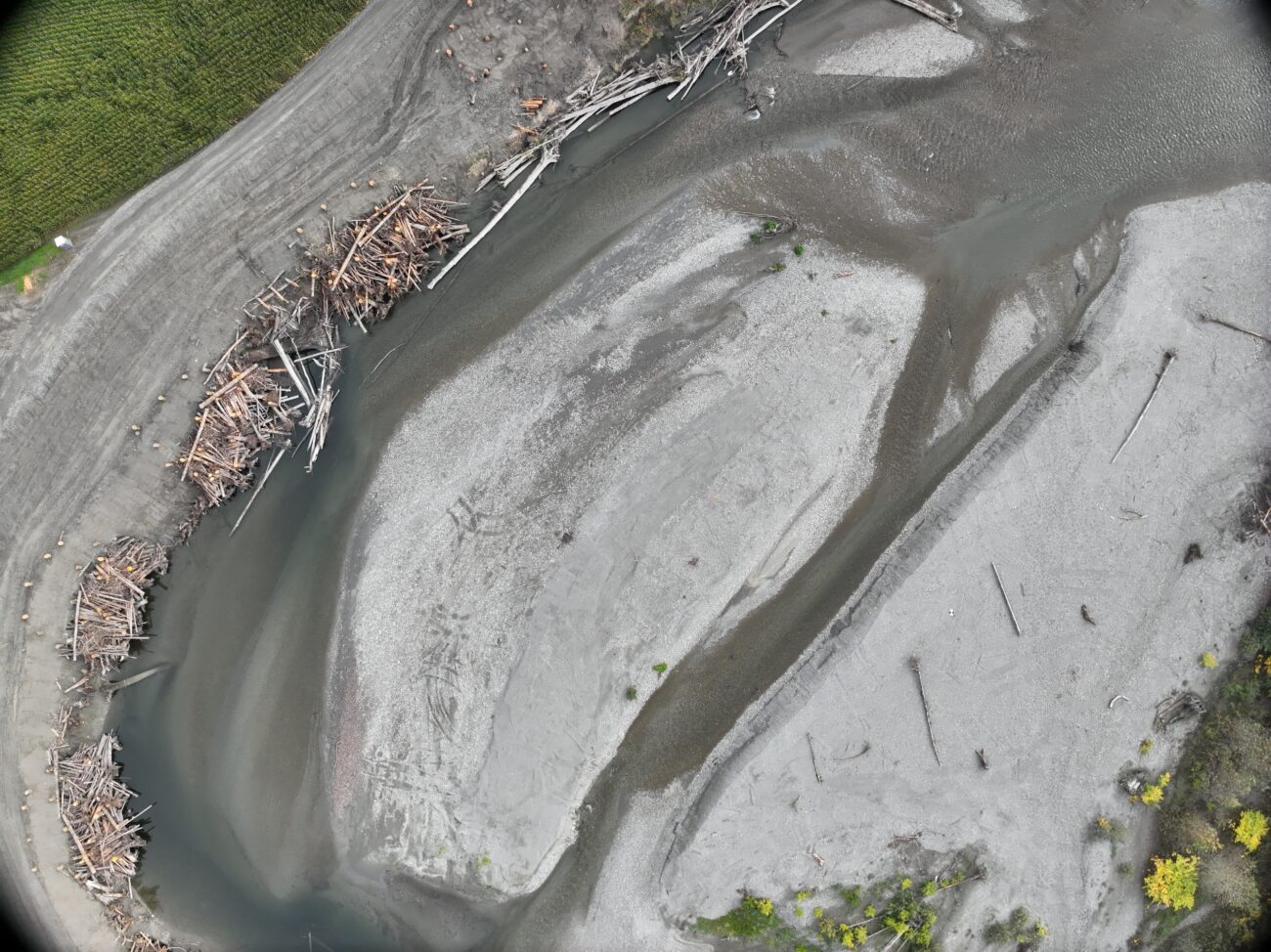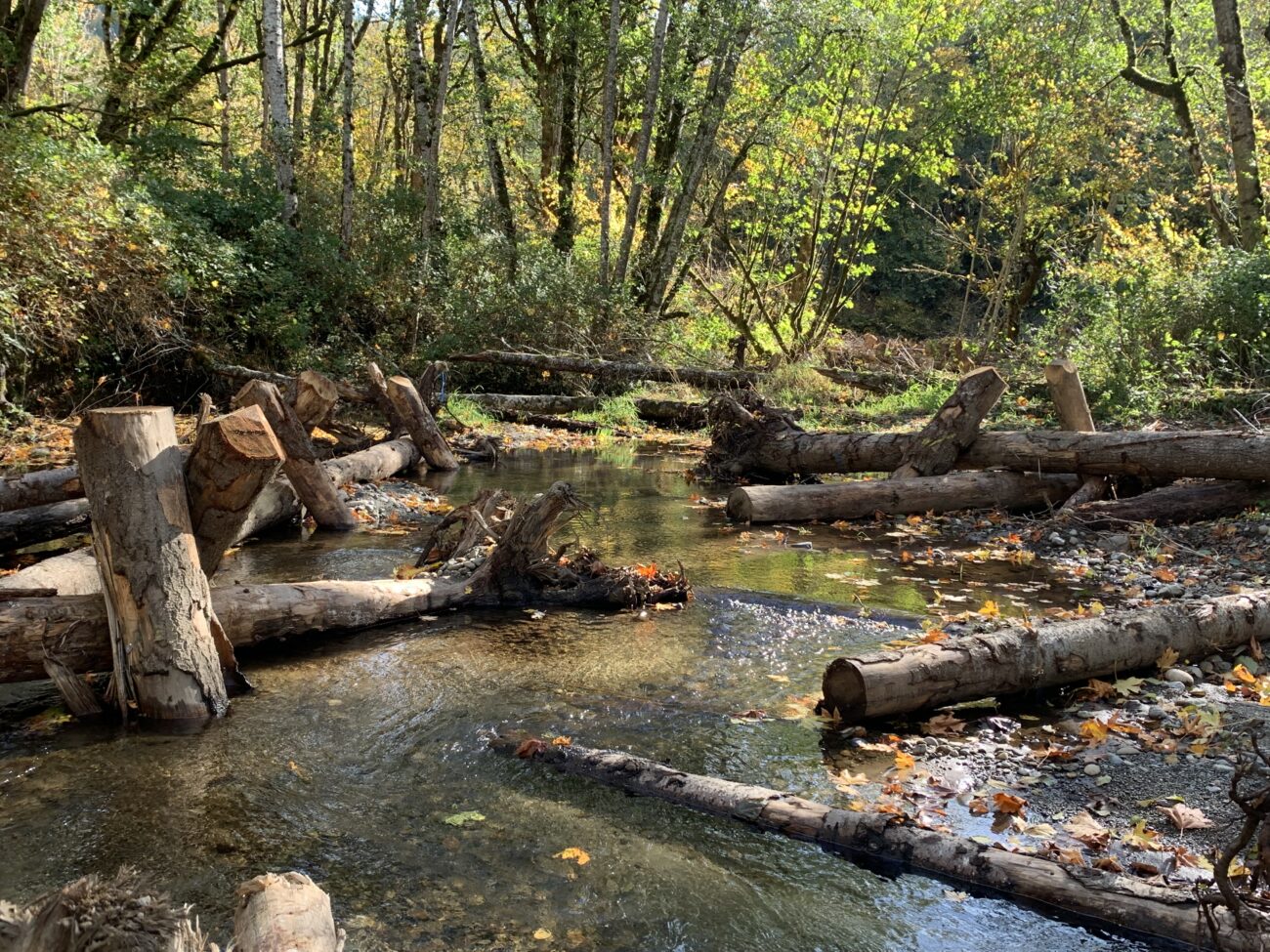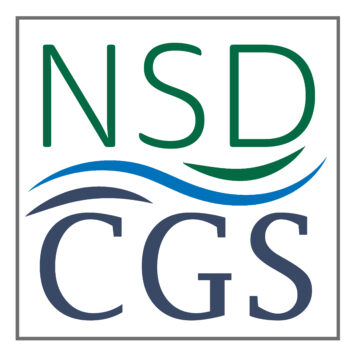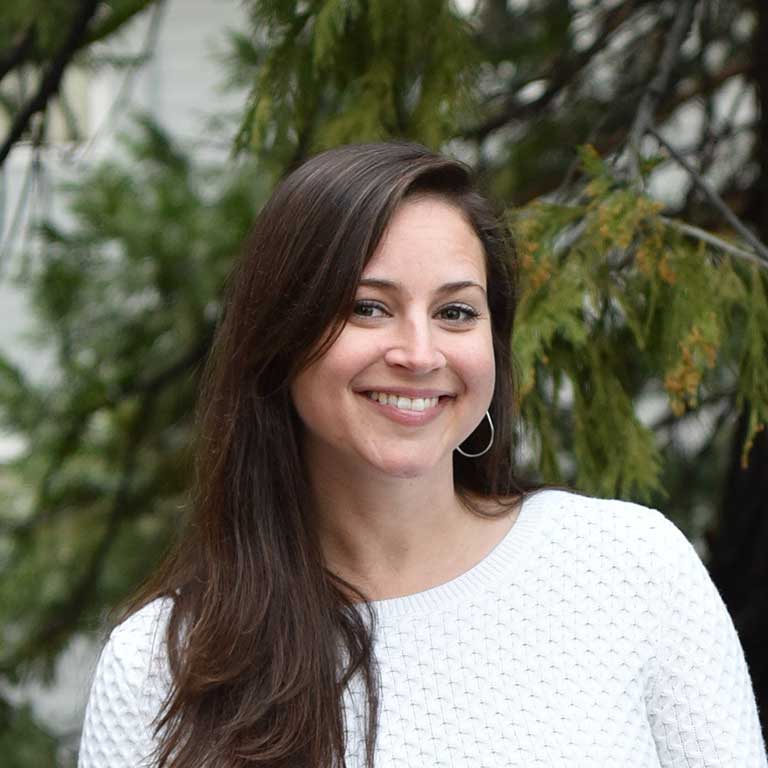Successes of the Habitat Recovery Pilot Program (HRPP)
NSD Projects Featured in Floodplains by Design Webinar’s Assessment of HRPP Benefits
By Laura Zanetto, Senior Scientist and Landscape Architect
The January Floodplains by Design webinar, “Making the Habitat Recovery Pilot Program Permanent,” provided an in-depth look at the Washington Department of Fish & Wildlife’s Habitat Recovery Pilot Program (HRPP), a streamlined process for obtaining Hydraulic Project Approvals (HPAs). Similar to the Fish Habitat Enhancement Program (FHEP), the HRPP offers expedited authorization for habitat restoration projects. However, the HRPP extends these benefits to a broader range of restoration actions. This program, slated to sunset on June 30, 2025, is currently under evaluation to determine whether it will be formalized through state legislation or discontinued.
What HRPP Offers:
-
- Reduces permitting timelines, with an estimated 6-12 months saved for a typical project.
-
- Lowers administrative and permitting costs, saving $20,000-$80,000 per project, on average.
-
- Offers a more expansive scope compared to FHEP, covering diverse restoration actions.
NSD’s Involvement in HRPP Utilization
The webinar showcased the significant impact of the HRPP on implementing habitat restoration work, with Natural Systems Design (NSD) designed projects prominently featured among the approximately 45 projects that have employed the pilot program since its inception in 2022.
The map below, produced, and provided, by Puget Sound Partnership, was shared during the webinar, highlighting the HRPP projects across Washington state, encompassing various sponsors such as conservation districts, local governments, nonprofits, tribal organizations and state agencies.
Some of the projects which have been designed by Natural Systems Design and permitted through the HRPP, include:
- Chehalis Basin Schafer Creek ASRP Sediment Wedge – sponsored by the Grays Harbor Conservation District, constructed in 2022
- Snow Creek Uncas Preserve Channel Restoration Project – sponsored by North Olympic Salmon Coalition, constructed in 2023
- South Fork Nooksack River Homesteader Reach Restoration – sponsored by the Nooksack Indian Tribe, constructed in 2024
- Lower Satsop Reach Habitat Restoration Phase I – sponsored by the Grays Harbor Conservation District, constructed in 2024
- Tieton River, River Mile 4.3 Restoration – sponsored by Yakama Nation – Yakima / Klickitat Fisheries Project, construction currently underway in 2025
- Lower Satsop Reach Habitat Restoration Phase II – sponsored by the Grays Harbor Conservation District, construction planned for 2025
- Lower Peshastin Creek Habitat Restoration – sponsored by Cascade Fisheries, construction planned for 2025
- Lower Big Quilcene River Moon Valley Reach Floodplain Restoration – sponsored by Hood Canal Salmon Enhancement Group, construction planned for 2025


What’s New and Next
As the HRPP approaches the June 2025 sunset, its potential to reshape restoration permitting is under review.
Project sponsors are encouraged to consider using this process for upcoming restoration work to help reinforce and communicate its value.
Senate Bill 5155, which would rename the Habitat Recovery Pilot Program (HRPP) as the Habitat Restoration Permit Pathway Program (HRPPP) and remove its June 30, 2025, expiration date, is moving through the legislative process. As of January 30, 2025, the bill has been referred to the Senate Ways & Means Committee for budget review.
For additional details on HRPP, visit the official WDFW HRPP page. To explore how the HRPP can benefit your projects, check out the Floodplains by Design presentation slides below.
If you’d like to learn more about our experience with this program, please reach out anytime at info@naturaldes.com.
Laura Zanetto
Laura Zanetto, BLA, PLA, PWS, is a licensed Professional Landscape Architect and Professional Wetland Scientist with over 15 years of experience in ecological assessment, restoration design, and environmental compliance.
She focuses on improving riparian and floodplain conditions along salmon-bearing streams in the Pacific Northwest, applying science-driven design principles to restore ecosystem function.



